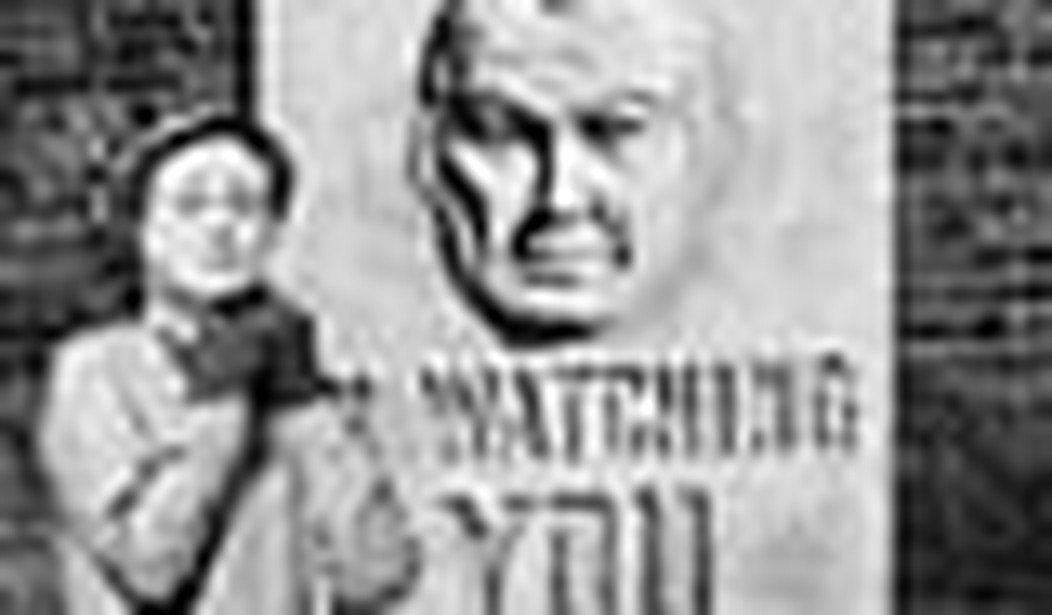It was Adolf Hitler who first used science and technology to monitor people, places, and things. Closed-circuit television, or CCTV, was developed for the Third Reich by Siemens AG to observe V-2 rocket launches and operators at the Peenemünde Research Center in Germany. In the 1940s, CCTV used strategically placed video cameras to capture footage and then broadcast it back, allowing for real-time surveillance.
Flash forward 70 years and surveillance systems have, like it or not, become broadly accepted as part of 21st century life — from traffic cameras, to nanny cams, to business cameras. But then, last fall, after passengers at airports became the subjects of body cavity searches through an X-ray technology called backscatter, people cried foul. Being observed is one thing. Having body parts examined is just spooky.
Now, the Electronic Privacy Information Center, or EPIC, has made public a series of government contracts that reveal that the Department of Homeland Security has been paying millions of dollars to develop and implement several radical programs that allow for an even broader, even spookier form of covert surveillance, namely “drive-by” surveillance from innocuous looking vans. In its own words this allows the Department of Homeland Security to conduct “covert inspection of moving subjects,” which includes people, places, and things.
According to a former Homeland Security officer who spoke on the condition of anonymity, DHS has been conducting this “drive-by” surveillance of American citizens since at least 2007, using a technologically advanced vehicle called a Z Backscatter Van, or ZBV for short. The corporation that makes the surveillance van, American Science and Engineering Inc. (AS&E), received a $17.5 million service contract from the U.S. government for the ZBVs in the winter of 2007.
“The system’s unique ‘drive-by’ capability allows one or two operators to conduct X-ray imaging of suspect vehicles and objects while the ZBV drives past,” says AS&E on its website. “The ZBV can also be operated in stationary mode by parking the system and producing X-ray images of vehicles as they pass by,” it adds. Screening can also be performed remotely while the system is parked. “The system is unobtrusive, as it maintains the outward appearance of an ordinary van,” says AS&E.
Unobtrusive is the operative word. While the innocuous looking vans may not be attracting attention from those they target for surveillance, they should be attracting outrage from the rest of the free-thinking world. Conducting random, covert surveillance on people, places, and things — from a moving van — is hardly in keeping with America’s system of laws and values. Whatever happened to the Fourth Amendment?
It is not just privacy advocates who are incensed. At least one former U.S. secretary of defense agrees. As co-chair of a 2008 committee for the National Research Council that analyzed the effects spying on citizens have on a democracy, William Perry had this to say: “The danger of terror attacks on the U.S. is real and serious, and we should use the information technologies at our disposal to combat this threat. However, the threat does not justify government activities that violate the law, or fundamental changes in the level of privacy protection to which Americans are entitled.”
“A van that can drive down the street and look through people’s clothes, look into vehicles and even peer into your home? I think that’s an invasion of privacy and not what we should be doing,” says Utah Congressman Jason Chaffetz. Chaffetz has been working on legislation to try and limit backscatter body scanners in airports and he says the drive-by surveillance vans need restrictions. “There’s an appropriate use for these machines — at ports for instance, coming across the border and inspecting vehicles, hostage situations. But the company that develops these vans says they’ve sold more than 500 of these roving vans and I don’t know who’s purchased them,” Chaffetz says. “I think we need to know.”
DHS and its corporate partner disagree. AS&E will not comment on who its clients are. It will only say that they are not limited to law enforcement agencies. “Due to the highly sensitive nature of the markets that our products serve, AS&E respects the individual requests of our customers to be confidential.” The Christian Science Monitor reports that TSA was one client, and may still be. TSA, the newspaper says, tested body scanners in public places besides airports, including at a New Jersey commuter rail station. In a carefully worded statement, TSA denied that charge: “TSA has not tested the advanced imaging technology that is currently used at airports in mass transit environments and does not have plans to do so.” But TSA did not comment on whether they were using Z Backscatter Vans out in the field.









Join the conversation as a VIP Member